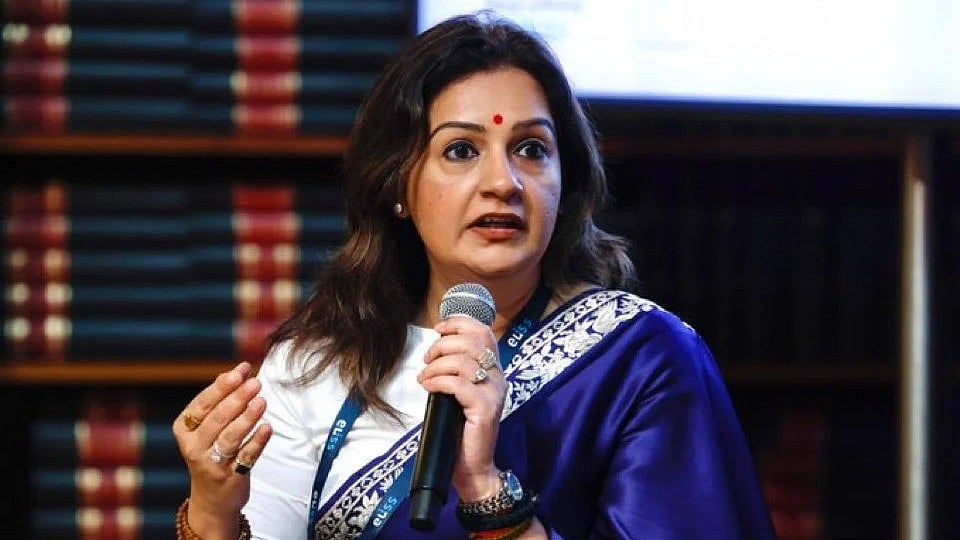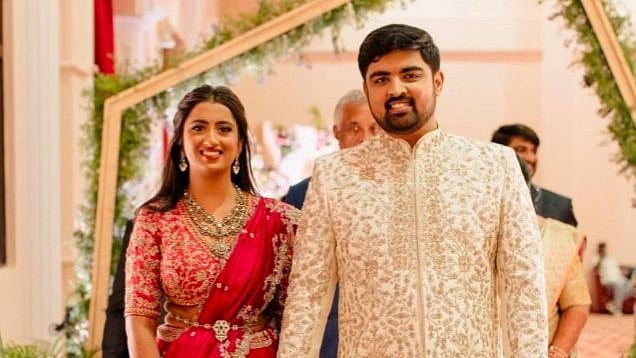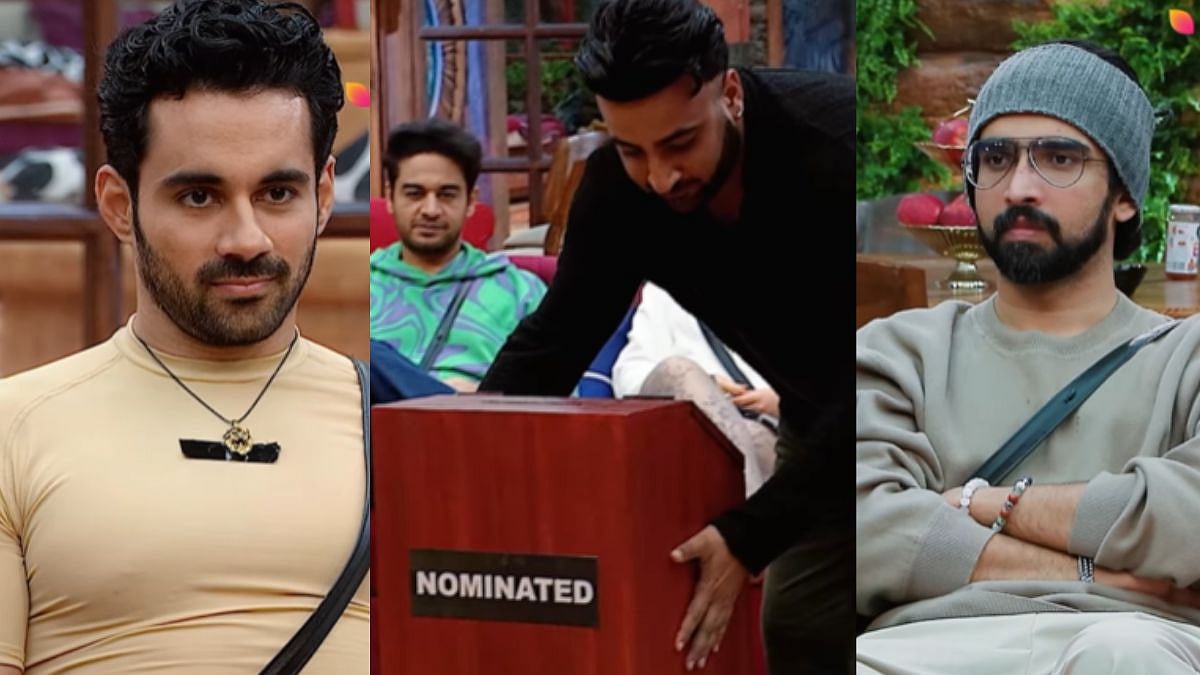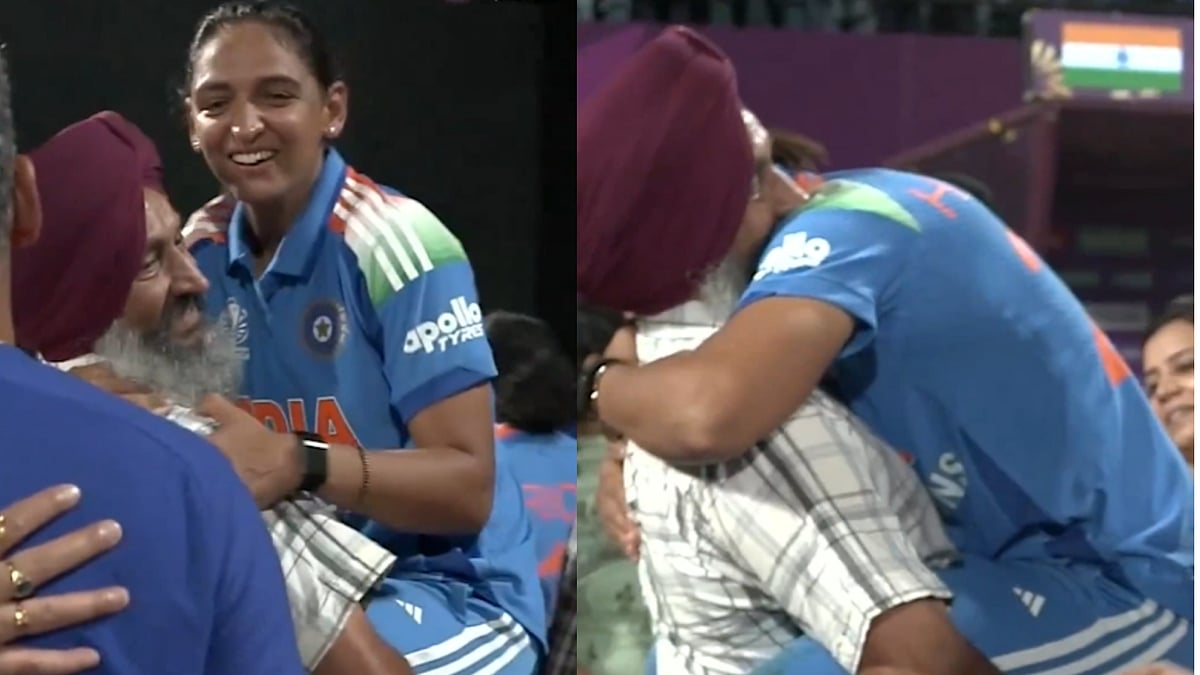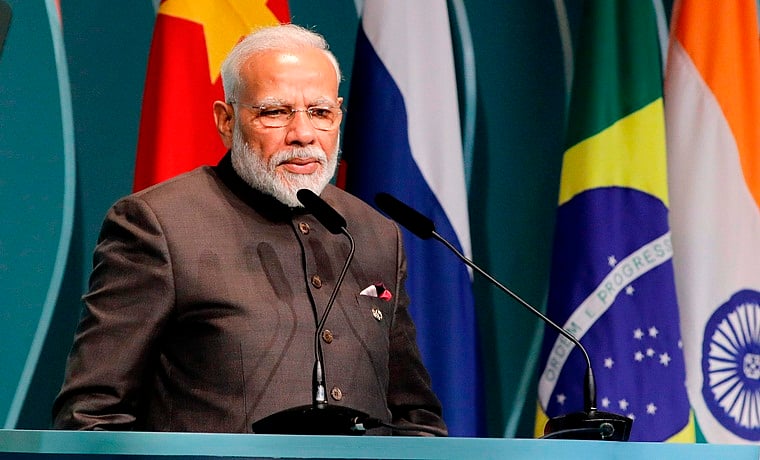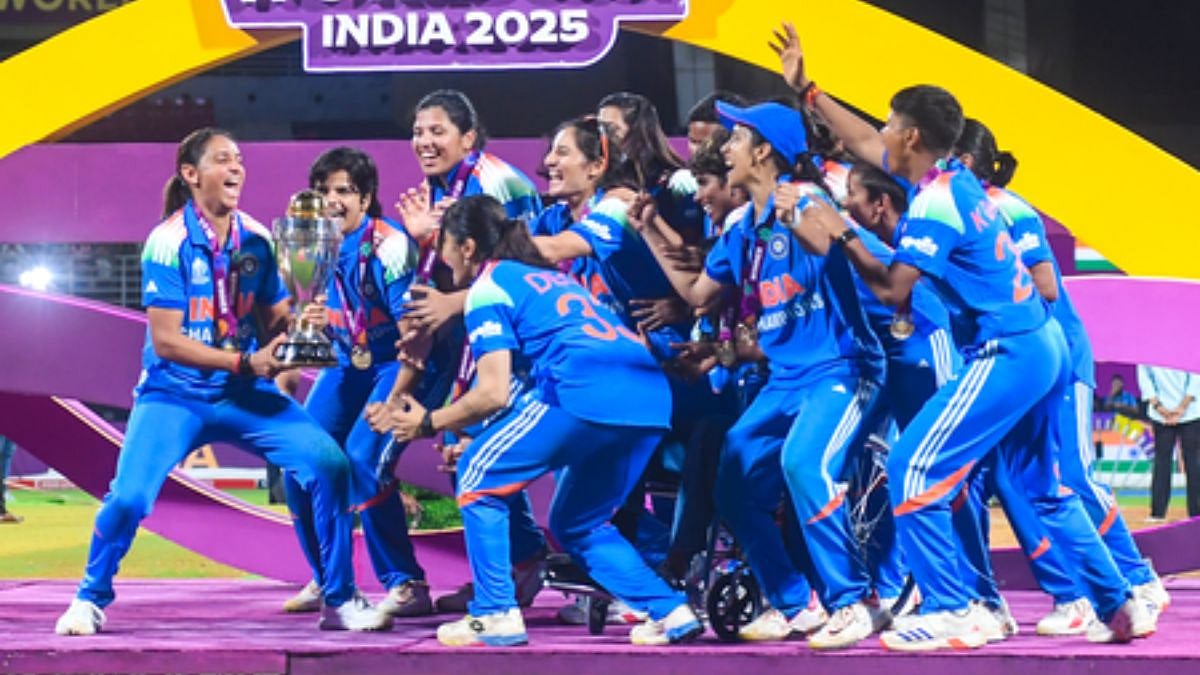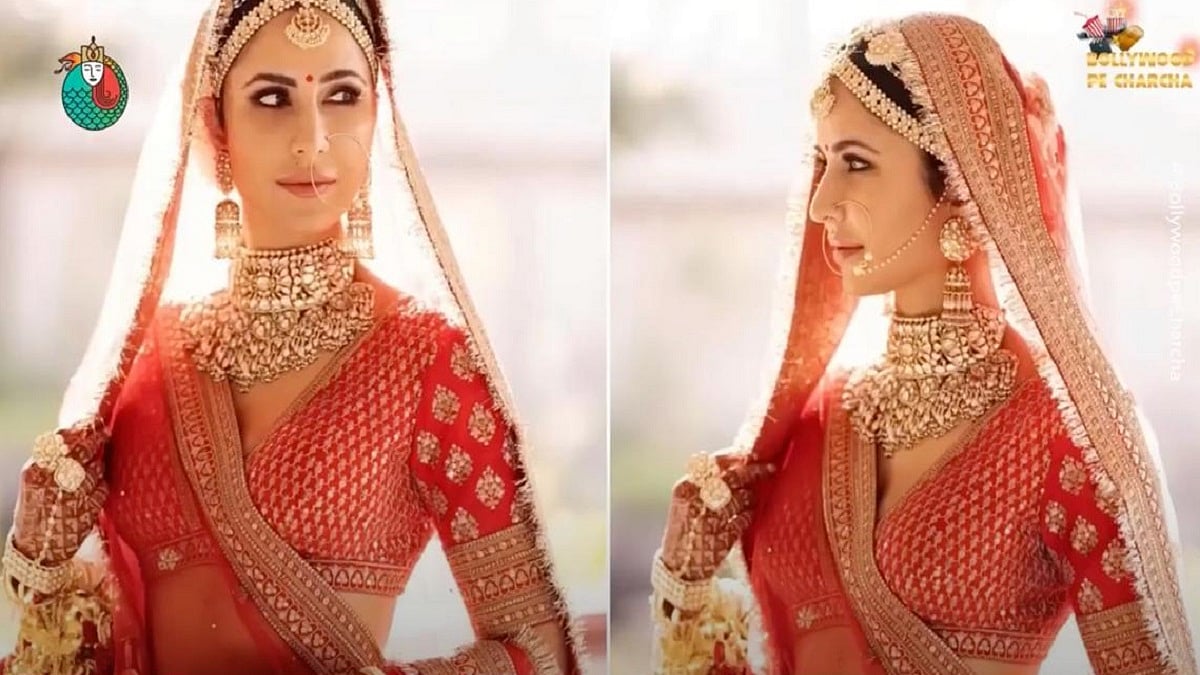“If you want to have a person in your life, why do you have to sign marriage papers, why can’t it just be a partnership?” This statement from the youngest Nobel laureate Malala Yousafzai in Vogue caused a furore, especially in the Islamic world. But hats off to the young lady, who has the courage of conviction to make such a categorically bold statement. That the modern idea of a live-in relationship can also come from an educated Muslim woman is a sign of the changing times and climes with respect to marriage and partnership. Marriage is still not a defunct institution, but after all, it’s an institution and all institutions are nothing but social slammers or a state of gilded incarceration.
It’s interesting to know that marriage as an institution or an organised contractual association between a man and woman came into existence when Shvetaketu asked his father sage Uddalak how a Brahmin had held his mother’s hand and took her away (for obvious reasons). ‘Na drishtam iti na praditam (The very sight is an eyesore or an insult to a woman's dignity)‘. Thus, marriage became an institution.
Legitimises progeny
Socio-psychologically, marriage is a legitimate process of lending credence to progeny. All our social relationships, including marriage, are results of trial-and-error methods. So, when marriage, even conventional, often results in separation or divorce, why shouldn’t a live-in relationship be thought of, despite some calling it a rough version of marriage? Agreed, it is a make-shift version of marriage, but it’s better than institutionalised marriage in the sense that it has the honesty of intent and purpose of togetherness.
Now, the question is whether marriage is a god/nature-ordained association of compatibility between a man and a woman. This is the million-dollar question. Marriage, at least in an Indo-Islamic context, is a fait accompli. It’s often an association of two disparate and discrete individuals, who’ve to live through life because of social sanction and norms. So, why can’t a live-in relation be given a try?
No fool-proof system
Granted, there’s no fool-proof system because human associations are sociologically still evolving and there’s no definite solution or substitute for the conventional and orthodox marriage. All our social relationships, including marriage, are iffy and unpredictable. So, when marriage, even conventional, often results in separation or divorce, why shouldn’t a live-in relationship be considered?
Mind you, a live-in relationship is better than institutionalised marriage in the sense that it still has loose ends and is not a watertight, compartmentalised system (like marriage is).
Malala’s aversion to the age-old institution of marriage is not a 23-year-old young woman’s thoughtless codswallop. It’s a psychological, you may even call it a Freudian slip-response to the plight of all Muslim women living at the whims and vagaries of their capricious husbands who can divorce them to the tune of three quick ‘talaq’s. Man and woman are equal partners in a soulful journey together. It doesn’t require the stamp or social sanction for validation. Live-in relationships give that leeway to both the partners. It’s not an act of irresponsibility or carnality. Deciding to live in is a thoughtful decision by two adults wanting to live sans frills. It’s not animalistic behaviour.
Famous live-ins
Sahir and Amrita, who were in a live-in relationship, were not irresponsible nincompoops. Poet Dom Moraes and Leela Naidu lived in. Both were highly refined and creative people. So were Jean Paul Sartre and his intellectual muse, Simone de Beauvoir. The point is: Both partners get a far greater scope, spectrum and sky to live life on their own terms, yet caring for each other.
Since human society has got accustomed to seeing a man and a woman living together only after marriage, any kind of deviation from the fixed pattern is viewed as a social anomaly or behavioural aberration. It’s not. The soi-disant freedom engendered by a live-in arrangement, also has a greater sense of responsibility and that responsibility is: A concerted attempt to maintain cordiality, love and understanding between the couple.
Conscious decision
Society often calls those who eschew marriage and prefer live-ins as shirkers. They’re not avoiders of responsibilities. In sooth, they’re more responsible in their attitude and approach to life. Not getting married and preferring to live in is actually avoidance of the mundane responsibilities engendered by marriage. As regards offspring and their social identity out of a live-in relationship, well, one parent is enough. Didn’t Neena Gupta raise her daughter Masaba in the absence of the great West Indian batsman Sir Vivian Richards? Masaba is a proud love-child from a live-in relationship.
To cut the matter short, a live-in relationship is a conscious decision taken by two adults. It’s not a one-night stand. It’s time we gave serious thought to it. Someone aptly said, ‘A live-in relationship is without the creases of a conventional marriage’. So very true. A live-in certainly irons out the creases and corrugated edges of a marriage. Think of it as a future idea of living together.
The writer is a regular contributor to world’s premier publications and portals in several languages

